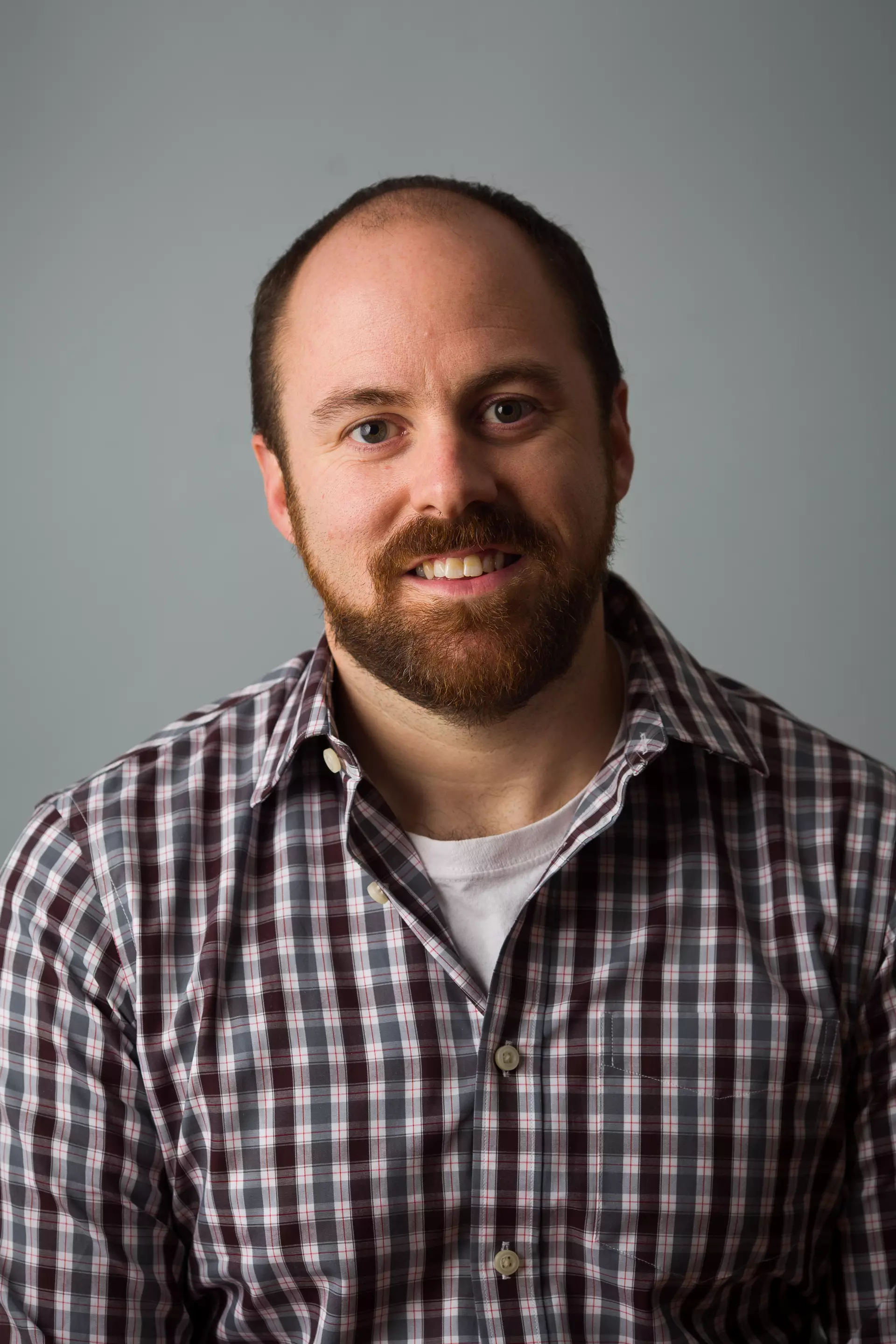 SPECIAL NOTE: For this post, I decided to catch up with one of our very popular podcast guests. Not only can we learn from Michael Papay and his team about leading at the speed of growth, but his company, Waggl, offers us some insights into relevant and timely data about what is happening across the spectrum in other fast-growth companies. Enjoy and let me know what you think. – Todd
SPECIAL NOTE: For this post, I decided to catch up with one of our very popular podcast guests. Not only can we learn from Michael Papay and his team about leading at the speed of growth, but his company, Waggl, offers us some insights into relevant and timely data about what is happening across the spectrum in other fast-growth companies. Enjoy and let me know what you think. – Todd
************
Interview with Michael Papay, Co-Founder & CEO of Waggl
Q1: What is Waggl doing now that has has captured the attention of so many business leaders?
I think what we’re doing really well is making feedback and insights come to life. Surveys are a bit of a commodity, there’s tons of different options, but how do you get feedback in a way that makes it actionable? That’s where the magic lies, and that’s what business leaders find valuable.
- Crowdsourcing: Generates alignment
- Transparency: Creates accountability and pressure for action
- Visualization: Makes complex things simple
All those things are making feedback a lot more approachable and getting leaders excited about the leverage and power they can drive in their organization through listening.
Q2: How many total people do you have on the Waggl team right now?
We have grown from just a few, and the growth has been really exciting. All told we have just under 50 people involved in building out this business and platform.
Q3: How many members of the Waggl team report directly to you? Can you break out their title and responsibilities for us?
Our true competitive advantage at Waggl is our focus on action, and our focus on creating a great culture. We have a modern day organizational structure designed to really reinforce our culture, and our values of being employee first. We don’t really have formal direct reports and managers, we’re building an organization that’s not hierarchical, but flat. With that said we have four key functional areas:
- Marketing
- Sales
- Customer success
- Product development
- Cross functional support around product management, administration, operations, strategy, innovation
At the end of the day, teams hold other teams accountable, and individuals hold themselves accountable for producing the results we need to achieve their goals.
Q4: Since we last spoke with you in June 2015 on the “From Founder To CEO” podcast, Waggl has earned tremendous revenue growth. What have you learned about growing?
We are just trying to drink our own champagne of what we are offering organizations in more frequent feedback loops, more opportunities for conversation, and authentic dialogue. I underestimated the amount of time and energy those activities take. When you’re moving fast it’s really easy to get out of alignment, and that’s when inefficiencies and slow downs occur.
Q5: What have you found to be the most effective communication tools, techniques, and practices to keep your team focused?
One thing we do on a daily basis is an all-company daily meeting. It’s everyone’s opportunity to check in, and give a quick update. It’s an opportunity to ask for help if you need it. More important than the group accountability is the opportunity to reinforce the culture, share stories of success, and share challenges that allow us to build and reinforce our culture on a daily basis.
We then complement that with a monthly finance transparency jam, and a quarterly check in using Waggl in the areas of culture, strategy, and engagement.
All these things enable an increased dialogue around what we are focused on. These are the tools that enable more focused engagement and dialogue.
Q6: Can you share one team leadership mistake you have made in the past year? How has it shaped your leadership as the Founder & CEO?
I think the biggest mistake that we can make is rushing the hiring process. There’s big pressure to grow, and you need more talent to fuel growth. Sometimes it’s easy to cut corners and bring people in without having enough internal dialogue, and making sure that there is a strong values fit for the organization. We’ve had a couple instances of that where it created internal friction. Ultimately this costs more and slows things down than doing it right from the beginning.
Q7: Do you use Waggl for your team? What have you learned about Team Waggl that has surprised you in the past year?
We of course use it on a quarterly basis. We use it ad-hoc in certain areas, and then have a quarterly rhythm of checking in. What surprised us was one response that surfaced about being careful about talking over one another when you’re on a video hangout. People connecting remotely on video sometimes felt like they were being talked down. That comment got voted to the bottom of our process, but raised our collective consciousness and value system.
As a group we focused on that and began to make improvements so it didn’t happen anymore. So, many times people stop one another, and we are more mindful when talking. There’s a powerful shift there, rather than me owning the improvements.
The collective group is clear about our values and we collectively decide what we want to work on from the findings of Waggl.
Q8: The Waggl platform gives you and your team trending insights into team dynamics and organizational excellence in the marketplace. What trends are you seeing about effective team leadership right now?
Often times when you ask employees what they want more of, they want more visibility into strategic areas of the business. They want more visibility into the health of the business, and access to leadership. They want more communication throughout all those areas.
Organizations are changing quickly and to maintain that level of agility, employees need to remove the blinders and get more context into what is going on. That empowers them to make the right decisions and to make them faster.
It’s clear that employees want more transparency, visibility, and authenticity to become better partners in their business.
Q9: What does the future hold for Waggl?
It’s really exciting. We’re coming off of a year where we grew our business by a factor of 6x. At some time it’s not possible to maintain that growth, but we are bullish on being able to do 2.5 or 3x this year.
We as a company have had a conversation about what we think we can do next year. The lens that we look through is what is a growth rate that is fast enough, and allows us to be the premier brand in employee listening while retaining our culture.
Ultimately we believe focusing this way will create a great organization, and a great brand.


